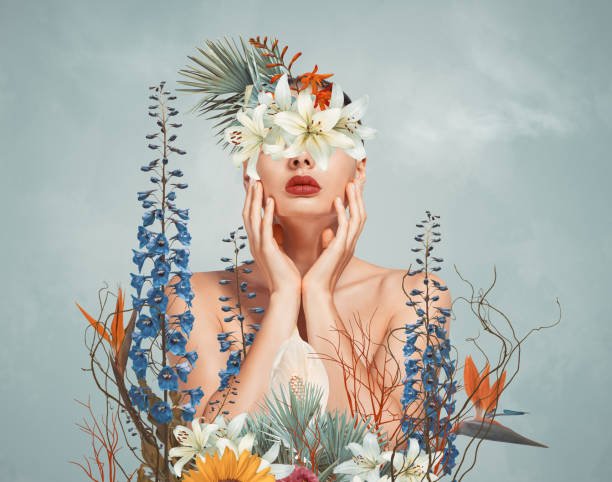The emergence of Surrealism in the early 20th century transformed not only the way we understand art, but also the way we perceive the unconscious. Deeply rooted in psychoanalysis and driven by a desire to subvert logic and reason, this movement defied the boundaries between dream and reality.
Artists like Salvador Dalí, René Magritte, and Max Ernst gave form to what had been considered intangible: our deepest desires, fears, and inner contradictions.
Surrealism was not just an artistic current, but a revolution in sensibility. Inspired by Freud’s The Interpretation of Dreams and the writings of André Breton, its first theorist, surrealists explored automatic writing, dream imagery, and chance as creative tools. The movement has since expanded its reach, impacting cinema, literature, advertising, and contemporary installations.
Today, the echoes of Surrealism continue to resonate in unexpected ways.
The Foundations of Surrealism: Dreams, Automatism, and the Unconscious
Born officially in 1924 with the publication of the Surrealist Manifesto by André Breton, Surrealism aimed to liberate the creative mind from rational censorship. The unconscious, as theorized by Sigmund Freud, became fertile ground for artistic exploration. Artists began to experiment with free associations and techniques that avoided premeditated control, like frottage, decalcomania, and automatic drawing.
Salvador Dalí exemplified the power of the surreal image by merging hyperrealistic technique with fantastic themes. His work The Persistence of Memory (1931) has become an icon of modern art. Meanwhile, René Magritte’s paintings, such as The Treachery of Images (1929), questioned the relationship between objects, language, and reality. These artists did not seek to represent the world, but to reveal what lies beneath it.
According to the MoMA (Museum of Modern Art), Surrealism “emerged as a cultural movement determined to redefine reality,” offering tools for critical thinking and poetic freedom. The legacy of this movement is visible in contemporary artists who blend dreamlike and political elements to challenge hegemonic narratives.
Surrealism in Contemporary Art and Culture
Far from being a closed chapter in art history, Surrealism continues to influence creators across the globe. From fashion designers like Elsa Schiaparelli, who collaborated with Dalí, to filmmakers such as David Lynch and Guillermo del Toro, surrealist imagery remains a powerful visual language.
In contemporary art, many installations and multimedia pieces invoke surrealist logic. Artists like Louise Bourgeois and contemporary collectives such as Slavs and Tatars incorporate unconscious impulses and dreamlike imagery in their works. The surrealist spirit also lives on in digital art and social media aesthetics, where distortion, paradox, and absurdity generate new meanings.

The influence of Surrealism today goes beyond museums and galleries. It extends to psychology, semiotics, marketing, and even artificial intelligence. According to Surrealism and the Visual Arts, by Silvano Levy (2020), the movement “taught us to question what we see and trust what we imagine,” a premise that still guides much of modern creativity.
A Movement That Refused Limits
Surrealism was not limited by geography or medium. It developed autonomously in Latin America with artists like Frida Kahlo and Leonora Carrington, whose personal mythologies explored identity and trauma. In the Caribbean and Africa, it intersected with decolonial and mystical themes.
This plurality makes Surrealism more than an art movement—it is a way of seeing the world. It invites us to access the irrational, to embrace contradiction, and to believe in the transformative power of imagination.
In a time marked by algorithms and rational systems, Surrealism resurfaces as a needed response: an invitation to dream differently and to question the obvious.



